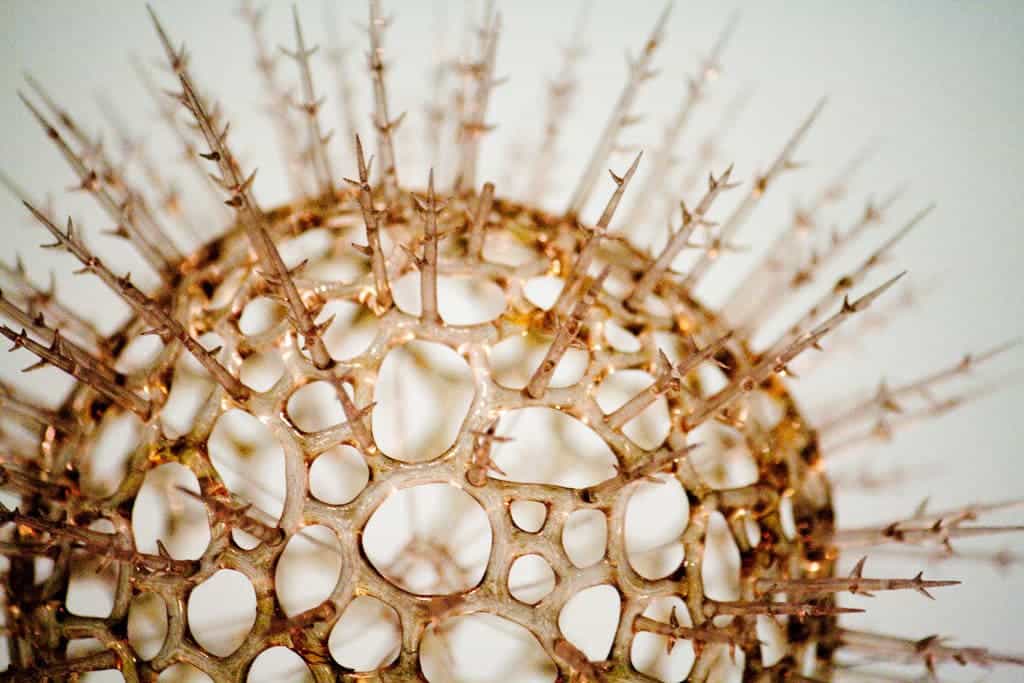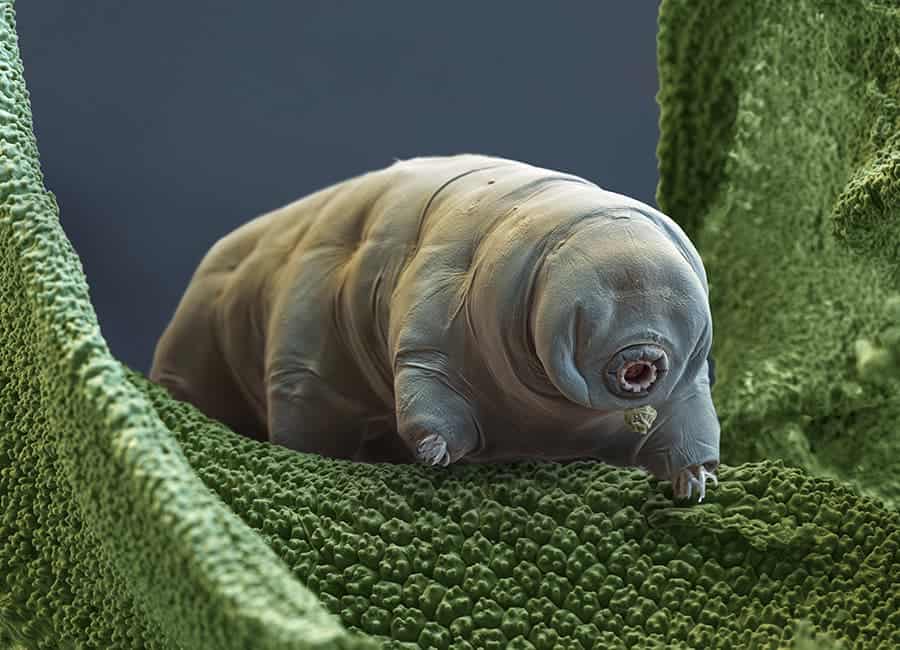We need to start looking into the possibility that there are viruses living beyond the confines of our planet, argues Portland State University biology professor Ken Stedman.

Image credits Tom Thai / Flickr.
Humanity has been thinking of life outside of the confines of Earth since times immemorial. It started with gods, angels, spirits, demons. Superstition gave way to cold knowledge and hard technology, morphing their image into aliens that were different, but not completely unlike us — à la those portrayed in H.G. Wells’ War of the Worlds. As our scope widened and our reach extended with modern tech, we’re no longer content to just wait for aliens to drop on our doorstep. We’re actively looking, listening, prodding for life outside of the Earth, much farther away and on more channels than anytime before, in a tacit acknowledgment that those we may find could very well be just as planet-locked as we are.
Sill, we don’t have anything to show (as far as alien life goes) for all our efforts. Maybe, then, we should down-grade again and start looking for aliens that have yet to reach our rung on the technological and evolutionary ladder. Maybe its time we started looking for bits of life as seemingly insignificant as viruses living in space and on other planets. At least, that’s what Portland State University biology professor Ken Stedman and his co-authors argue for in a new paper — and they’re willing to kick-start that search.
It’s the little things that count
Stedman and his team say it’s past time that astronomers broaden their search for alien life by combing space for viruses.
“More than a century has passed since the discovery of the first viruses,” said Stedman, “entering the second century of virology, we can finally start focusing beyond our own planet.”
Seeing as there are around 10 to 100 times more viruses on Earth than any other cellular organism, Stedman believes that the same could hold true for other planets or moons out there. Furthermore, he bases his call to action on research which suggests that viruses have played a major role in the creation and evolution of life on Earth — and it’s likely they would play the same role in other places as well.
‘Simple life survives in space,’ granted, is a phrase that sounds far-fetched when you first hear it. Isn’t it, like, super cold out there and all? It is, but life (especially ‘simple’ life) is surprisingly good at finding a way.
Tardigrades, for example, have shown an incredible resilience to the vicissitudes of outer space, shrugging void, cold, and radiation with apparent ease for decades. Bacteria coalescing together in biofilms are surprisingly hardy, being able to brave harsh, Mars-like conditions. In fact, enduring a journey through space (such as on a spaceships’ hull) actually improves their chances of survival by drying this biofilm and making it more resilient. And radiation, even at levels that we’ve assumed deadly to virtually everything and anything alive, doesn’t seem to bother the bacteria too much either.

Image credits Eye of Science / Nature.
So could life survive a trip through space without a spaceship to insulate its squishy going-ons? Overwhelmingly likely, yes. In fact, it’s so likely that NASA has cause for concern that our microbes (and these are the soft-core microbes used to living in comfort on Earth) could contaminate other planets. We’ve seen all sorts of bugs hitching a ride (without official approval, the nerve on them) and gouging a permanent home aboard the ISS right under our noses.
“We have had contamination in parts of the station where fungi was seen growing or biomaterial has been pulled out of a clogged waterline, but we have no idea what it is until the sample gets back down to the lab,” said Sarah Wallace, NASA microbiologist and principal investigator for Genes in Space 3 at the agency’s Johnson Space Center in Houston.
Along with the tardigrades and biofilm-protected colonies of bacteria, it’s a good indication of just how pervasively present life tends to be after it first spawns. The crux of the issue, then, isn’t if life could make it through space — it’s whether or not it appeared there in the first place.
We only have indirect evidence. But this suggests that the chemical background necessary for life as we know it is there — we’ve found water in space, we’ve found organic compounds, we’ve found basic biological building blocks such as amino acids, and we’ve found them all together in the same place.
While the ingredients seem to be there, all ready to boil in a primordial life-generating soup, however, what we haven’t found is actual life. Taking the focal point from away the grandest aspects of life like radio signals or Dyson spheres might help us spot anything really small we’ve missed up to now.
Stedman and his team say they hope to “to inspire integration of virus research into astrobiology” by shining the limelight on pressing, unanswered questions in astrovirology — “particularly regarding the detection of virus biosignatures and whether viruses could be spread extraterrestrially”.
The paper “Astrovirology: Viruses at Large in the Universe” has been published in the journal Astrobiology.


